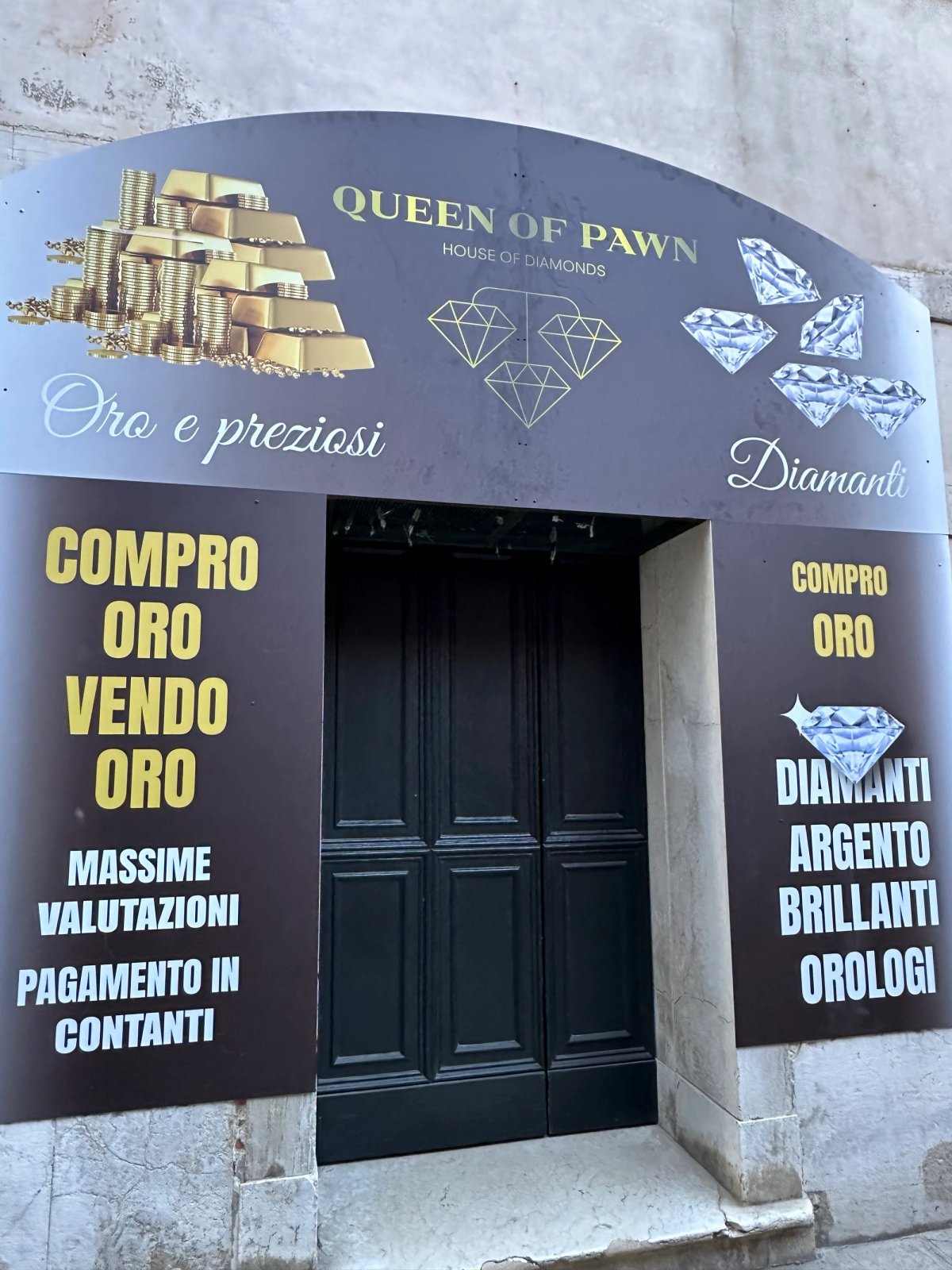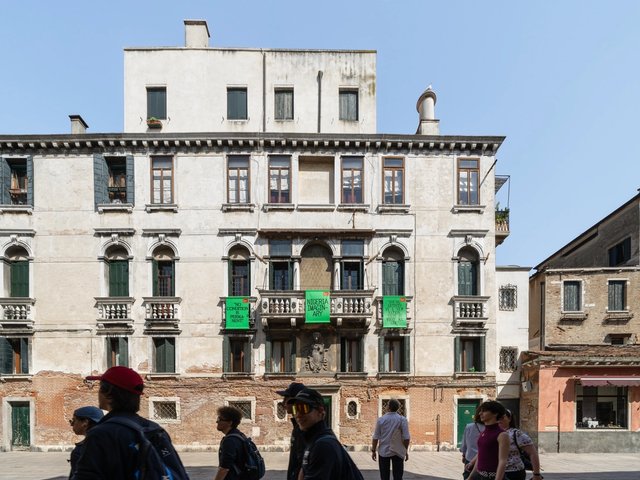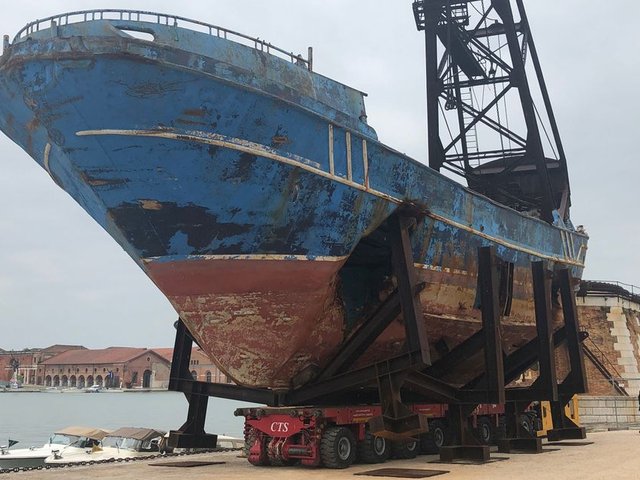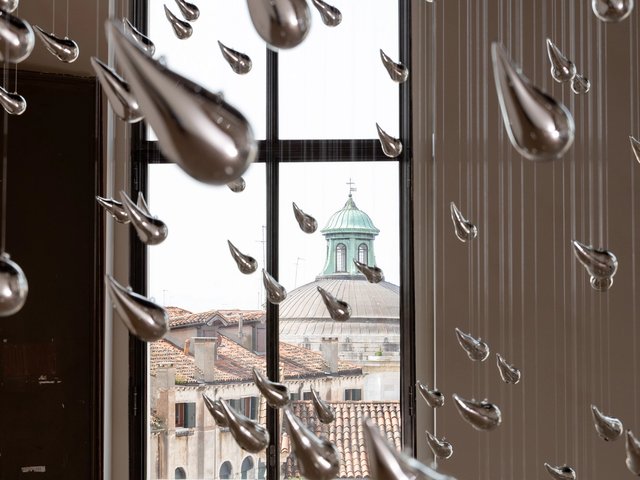The Swiss-Icelandic artist and provocateur Christoph Büchel is courting controversy again with a show at the Fondazione Prada in Venice that includes lab-grown diamonds made from previous pulverised works.
The exhibition at the Ca’ Corner della Regina space, entitled Monte di Pietà (until 24 November), draws on the history of the 18th-century palazzo, which operated as a charitable pawn bank from 1834 to 1969. The diamonds on display, all artificially produced, are made from past works drawn from Büchel’s archives, says a Prada Foundation spokesperson.
The show includes diamonds Büchel created for the series The Diamond Maker (the first works in the series, not on show in Venice, were made using DNA extracted from his faeces). According to Art Review: “There’s some poetry to the gesture [regarding the The Diamond Maker works], with each shit-diamond appearing like a tearful, if disdainful, lament: as much a ploy to stay financially afloat, maybe, as an expression of an ageing artist’s outlook on an art world he seems incapable of coming to terms with.”
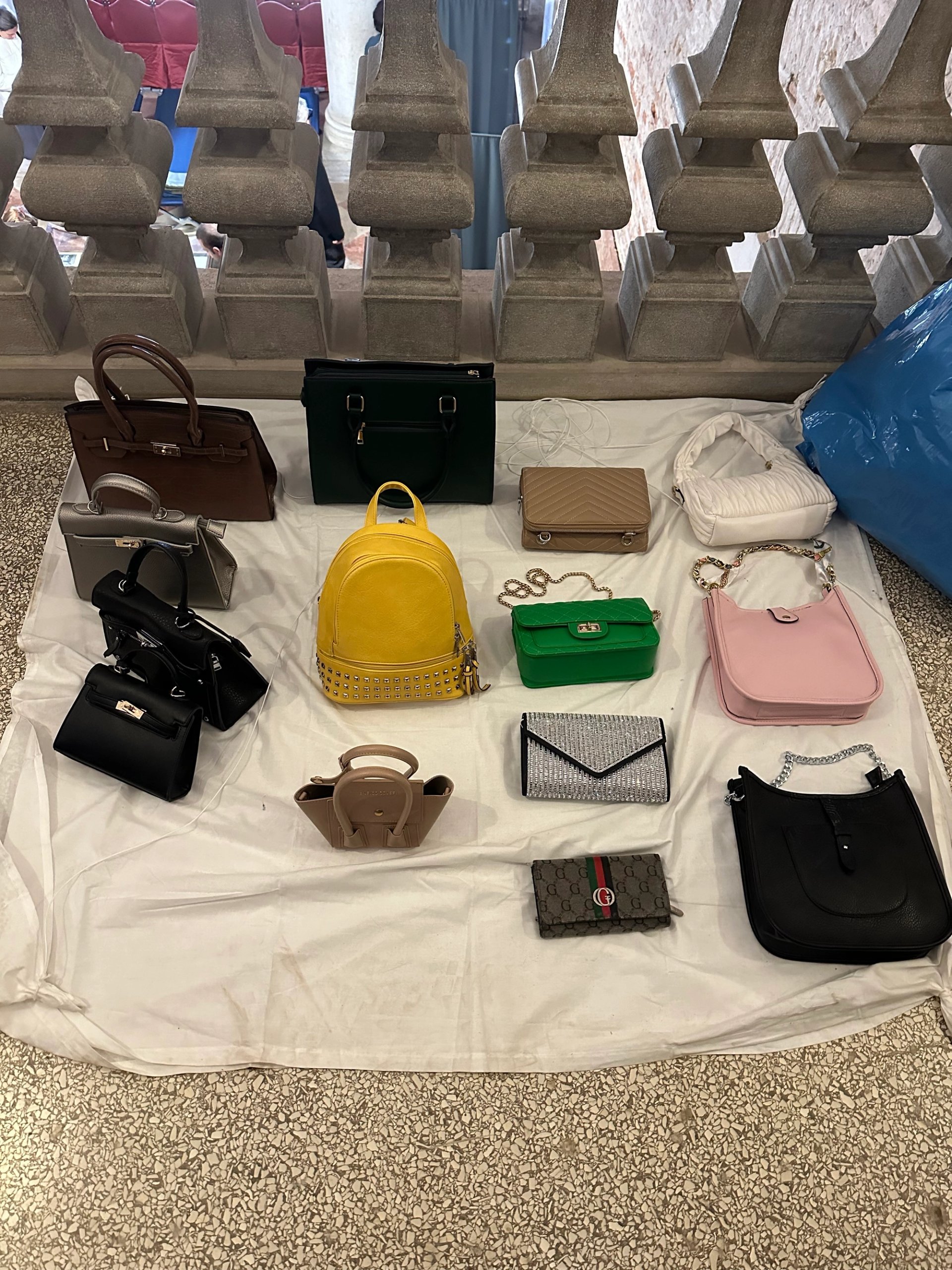
Fake luxury handbags presented in the style of roadside hawking Photo: The Art Newspaper
Büchel’s sprawling installation fills every corner of the Prada venue, focusing on debt and its consequences on society and individuals. There are piles of clothing, discarded furniture items, fake luxury handbags, surveillance cameras, a pole dancing section, uneaten food, guns, casino tables, selfie sticks and broken freezers. The elusive artist was also thought to be roaming the show incognito (he has declined to give interviews or explanatory texts to help throw light on the meaning of the installation).
One of the rooms is replete with ancient ledgers on loan from the Monte di Pieta in Naples while a painting, hung in a junk shop setting, is a Titian work drawn from the Uffizi galleries in Florence (Caterina Cornaro's portrait).
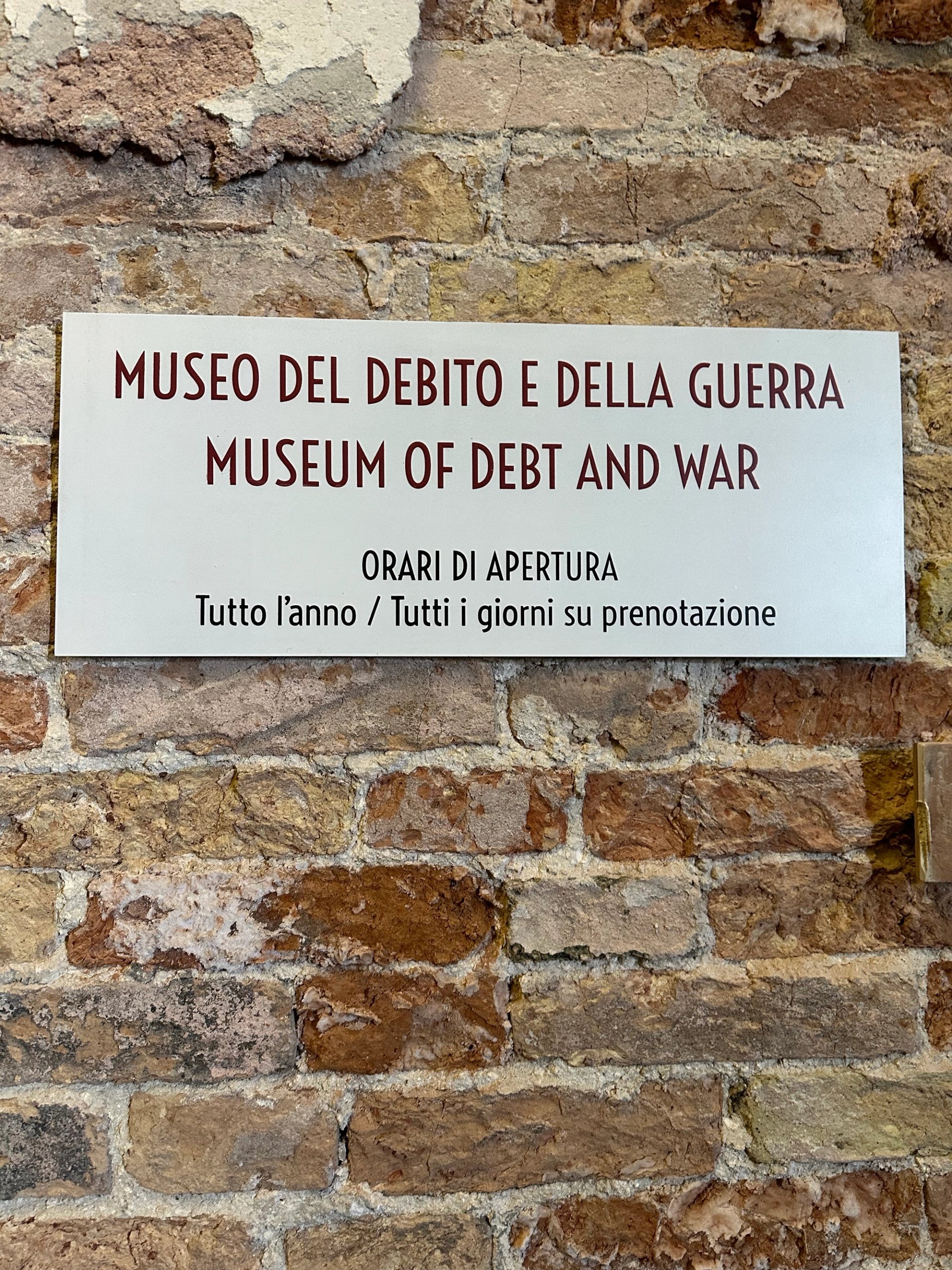
A spokesperson for the Prada Foundation said that the organisation purchased most of the found objects in the show Photo: The Art Newspaper
A spokesperson for the Prada Foundation said that the organisation purchased most of the found objects in the show, some of which could be turned into a diamond when the show closes.
Büchel has form in presenting headline-hitting works in Venice. At the 2019 Venice Biennale he showed an installation titled Barca Nostra, a migrant boat which became a deadly symbol of the Mediterranean migration crisis after capsizing off the coast of Libya on 18 April 2015. An estimated 1,000 migrants were on board, attempting to cross the Mediterranean Sea into Europe; only 28 survived. In 2021, the boat was returned from Venice to the Sicilian town of Augusta.
In 2015, Büchel transformed a deconsecrated church in Cannaregio, Santa Maria della Misercordia, into a fully-functioning mosque as part of Iceland’s official contribution to the Venice Biennale. But the project sparked a legal row and the mosque was closed at after only two weeks when city officials claimed that it breached health and safety regulations.
UPDATE: This article has been amended to reflect that only the first diamonds in the series created by Büchel came from his faeces DNA. A Prada Foundation spokesman also confirmed that the Titian work on display came from the Uffizi Galleries.


